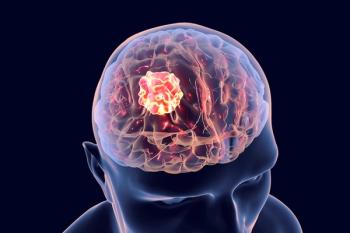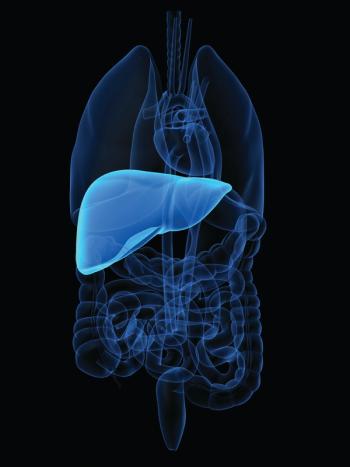
- ONCOLOGY Vol 16 No 8
- Volume 16
- Issue 8
Irinotecan and Other Agents in New Combinations and Other Tumor Types
The 4th Investigators’ Workshop sponsored by The University of Texas M. D. Anderson Cancer Center was held on July 25-29, 2001, in Colorado Springs, Colorado. The purpose of these annual workshops has been to review the latest data on new agents, with a particular focus on the broadly used agent irinotecan (CPT-11, Camptosar).
The 4th Investigators’ Workshop sponsored by TheUniversity of Texas M. D. Anderson Cancer Center was held on July 25-29, 2001,in Colorado Springs, Colorado. The purpose of these annual workshops has been toreview the latest data on new agents, with a particular focus on the broadlyused agent irinotecan (CPT-11, Camptosar).
Investigators from around the world were invited to present current research.The forums were highly interactive and frank, thus allowing stimulation of newideas and directions. The meetings were more like a workshop rather thandidactic sessions. Six separate scientific sessions were held, and therespective sessions covered colorectal carcinoma, uppergastrointestinal/genitourinary carcinoma, lung carcinoma, and new combinationsand other tumor types.
In addition to stimulating research, another purpose of these workshops is todevelop enduring material for wider distribution to those who did not attend.Thus, four publications are intended. This third volume is devoted to newcombinations and other tumor types. The two previous volumes focused oncolorectal cancers and upper gastrointestinal/genitourinary carcinomas. Thefourth and final volume will be devoted to lung malignancies.
New Agents in Antiangiogenesis
In this volume,
Irinotecan and Epirubicin in Advanced Cancer
Irinotecan and Mitomycin
Other agents, such as mitomycin (Mutamycin), also possess significantsingle-agent activity against several tumor types, and mitomycin activatestopoisomerase I, the cellular target of irinotecan.
Irinotecan in Non-Hodgkin’s Lymphomas
EIAEDs and the Pharmacokinetics of Irinotecan
Enzyme-inducing antiepileptic drugs (EIAEDs) such as phenytoin andcarbamazepine induce several metabolic pathways relevant to irinotecan’selimination.
Conclusion
In conclusion, I believe that the data presented at The University of TexasM. D. Anderson Cancer Center Investigators’ Workshop provided currentinsights, trends, and practices in relevant areas of oncology. I hope you willfind the information in this and other volumes useful in designing newinvestigations and educating your colleagues, in addition to contributing to thebetter management of all patients.
Articles in this issue
about 23 years ago
New Edition of Cancer Care’s Helping Hand Availableabout 23 years ago
Handbook of Gynecologic Oncologyabout 23 years ago
Clinton/Reid Bill Would Boost Cancer Tracking at CDCabout 23 years ago
House Restores Some Medicare Physician Pay Cutsabout 23 years ago
Medicare Proposes Calendar 2003 Pay Rateabout 23 years ago
Mathematical Modeling for Breast Cancer Risk AssessmentNewsletter
Stay up to date on recent advances in the multidisciplinary approach to cancer.


















































































